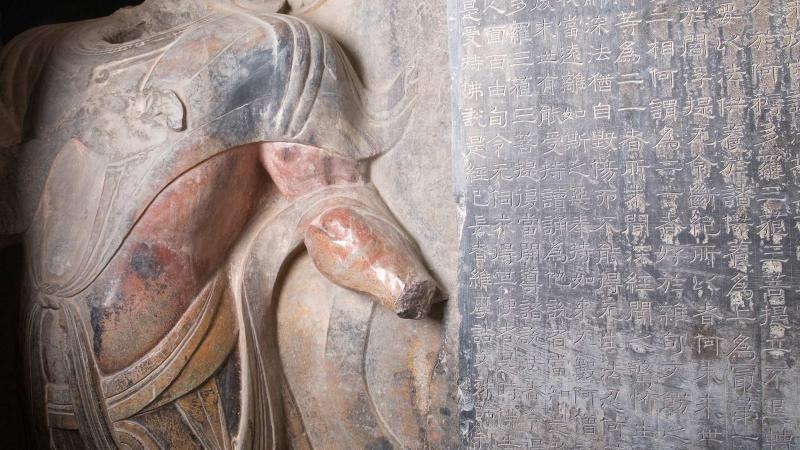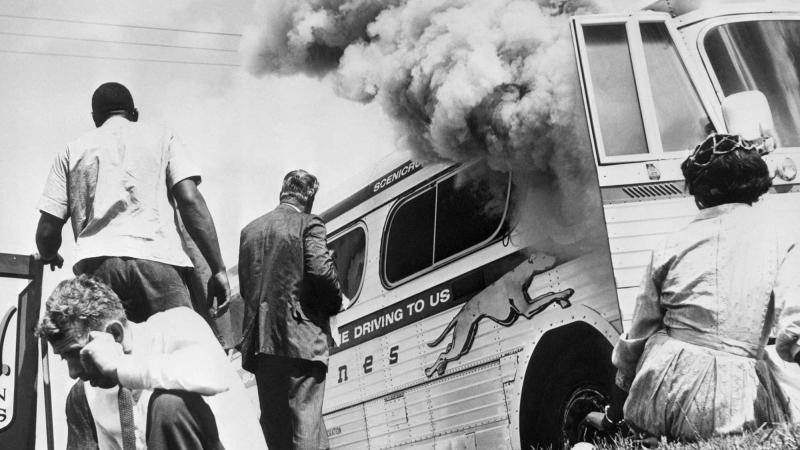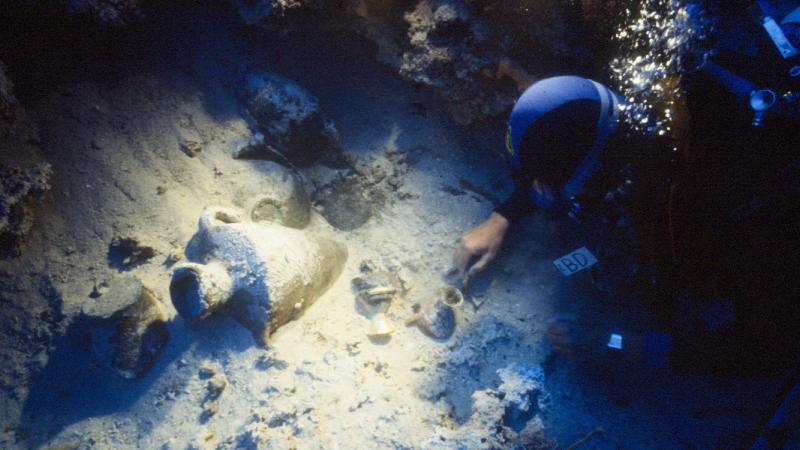Imagine all the books from an entire library, or maybe all the libraries put together, available free in the palm of your hand. That is the envisioned goal of the Digital Public Library of America (DPLA)
“The most gratifying thing,” says DPLA’s director Dan Cohen, “is how large-scale the collaboration is now. We have openly available, digitized content from 1,600 libraries, archives, and museums.” With 150 institutions contributing so far, DPLA makes those collections available through a single platform and portal, providing online access to our country’s vast digitized cultural heritage.
When it launched on April 18, 2013, the all-digital library already had 2.4 million items in its collection. “We just reached 10 million items last week,” says Cohen. “And 2.3 million of those are books.” The rest include maps (over 100,000), photographs (1.5 million), newspapers, and audio and video recordings.
There’s also a seemingly endless well of material culture—physical objects that have been digitized—including a teddy bear brought to America in 1938 by a boy fleeing Nazi Germany; a four-legged Mayan bowl made between the third and fifth centuries; and a hand-stitched 1901 Iowa wedding quilt, to name a few.
The idea, says Cohen, is to pull together digitized content from institutions across the United States, producing a “comprehensive collection with an incredible strength in history and the humanities.”
“Every month,” says Cohen, “there are over a million interactions with the collection, and not just through our website.” As an open-access site, DPLA encourages software developers to use its API (Application Programming Interface) to export DPLA items and metadata, ensuring the material is shared with still more users.
Content enters the library through units called hubs. Fifteen are DPLA state or regional service hubs, which digitize, tag, and upload items from contributing institutions. An additional 20 are content hubs, representing large organizations, like the Smithsonian or Harvard University, that contribute hundreds of thousands, or even millions, of items.
A $1 million grant from NEH helped set up the hubs, Cohen explains—a vital step in making the DPLA possible. More recently, another NEH grant for $250,000 has further helped to build the system.
Through DPLA’s national outreach to institutions of all sizes, Americana has become a major part of the collection, Cohen says. What many people may not expect, he adds, are its many works of art, both American and international. And yet DPLA includes items from “dozens of U.S. museums, some of them quite big, including the Getty.” There’s also a strong science collection, he says, “biology books, illustrations, products, and data, including materials from NASA.”
Yet another topic in the collection was explored in a popular 2014 guest post by Kevin Schlesier, director of exhibits at the NASCAR Hall of Fame. Sharing automobile-related family memories, Schlesier’s essay pulled together several DPLA items related to cars and car culture, including photos of the Peerless automobile factory, a Tucker patent drawing, and a clip of the 1967 Atlanta 500 race, including cars driven by Richard Petty, Cale Yarborough (who won), David Pearson, Buddy Baker, and Mario Andretti.
Written by Esther Ferington, an editor, writer, and content developer in Northern Virginia.


